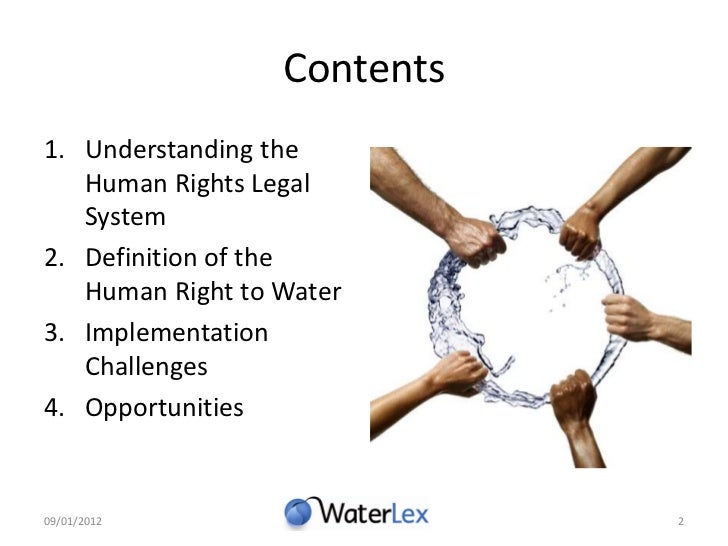What Are Water Rights and How Do They Work

Contents
Water Rights: What They Are and How They Work
What Are Water Rights?
Water rights refer to the legal rights of property owners to access and use bodies of water on their land. Different types of water rights exist based on the type of water that borders or exists on a property.
In the United States, water rights can vary between the eastern and western parts of the country. In general, western states follow the prior appropriation doctrine, granting the right to divert water to the first user. Most eastern states follow the riparian doctrine, which limits water use to those who own land adjacent to the water.
Key Takeaways
- Water rights give landowners access to bodies of water on their property.
- Riparian rights give landowners access and usage of flowing bodies of water like rivers and streams.
- Littoral rights guarantee access to lakes, seas, and oceans.
- Water rights are regulated state-by-state, and municipalities can have stricter provisions.
- Western U.S. states follow the prior appropriation doctrine, granting water rights to the first person to use it.
How Water Rights Work
Riparian rights are awarded to landowners whose property borders flowing bodies of water, like rivers or streams. Landowners have the right to use the water as long as it doesn’t harm neighboring properties. If the water is non-navigable, the landowner owns the land beneath the water.
Littoral rights apply to landowners whose property borders large, navigable lakes and oceans. Landowners have unrestricted access to the water but only own the land up to the median high-water mark.
Water rights are appurtenant, meaning they run with the land. When an oceanfront property is sold, the new owner gains the littoral rights.
Special Considerations
Owners with riverbank properties can use the water for domestic purposes, but there may be restrictions on pumping or removing it. Regulations and limits on water use vary by state and municipality. Some localities allow for irrigation and commercial use, but there are often limits in place to protect the environment.
Water diversion rights may have stipulations that require consistent use, or the rights will expire after a defined period.
Eastern vs. Western U.S. Water Rights
Eastern states follow the riparian doctrine, allowing landowners to use watercourses adjacent to their land as long as it doesn’t interfere with other landowners’ use downstream. Most Eastern states have a government-regulated riparian system where permits are required.
Western states follow the prior appropriation doctrine, which grants water rights to the first user. Legislation has been enacted to limit certain water rights acquired through prior appropriation, leading to conflicts between the federal government and western states.



